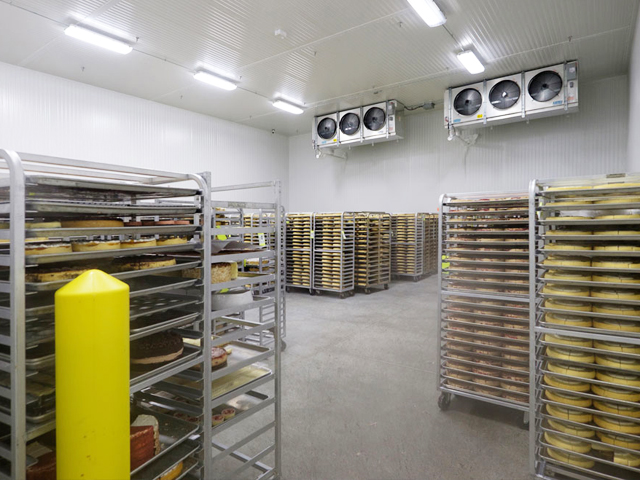Ozone in Cold Storage Rooms
Cold storage rooms hold various types of foods including vegetables, fruits, meats, sea foods, etc. The temperatures vary from low cool to way below freezing. All food products, being highly degradable, start breeding bacteria. At low temperatures, bacterial activity is slowed down, bacteria may be inactivated, but not destroyed. Atmospheric bacteria anchor on the surfaces of foods and attack them releasing acids which slowly spreads further inside decaying the food products. At low temperatures, this process is slowed down. Controlling or destroying these bacteria helps in maintaining the foods fresher for far longer. Using disinfectants helps in controlling the bacterial activity, but the disinfectant used should not become a part of the food when consumed. Ozone has been found to be of tremendous advantage in such cold storage rooms for better maintenance of stored foods. Injecting ozone in the air inside the cold storage rooms maintains the environment inside bacteria free.

